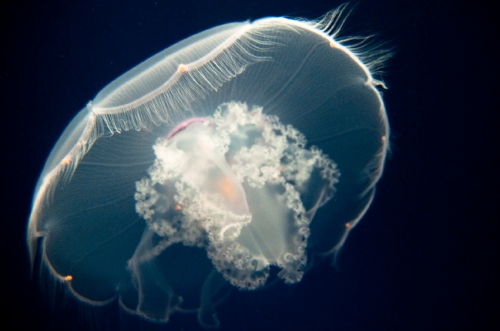The walrus (Odobenus rosmarus, literally “tooth-walking sea-horse” (really)) is a massive arctic pinniped that represents the last surviving member of the Family Odobenidae.1 The word “walrus” itself most likely derives from an inversion of the Old Norse word hrossvalr, which means “horse-whale,” a concept that apparently came up often enough in Viking times to warrant naming.
“Anyone see any horse-whales? No? Good, let’s go sail off the edge of the earth.”
Walruses are noted for their massive size – a bull can reach up to 4,000 pounds and twelve feet in length, though females usually will top out around two-thirds that size. Of course, every so often a female walrus will be longer and heavier than most males, and they have to kind of slouch down to disguise their height and will constantly get asked to try out for the basketball team. Walruses have flat ears, poor eyesight, excellent hearing, whiskers that they use for navigation and finding food, and four-inch-thick skin that changes color according to the temperature (due to capillary constriction) and is buffeted against the cold waters by six inches of blubber underneath. And, of course, both genders have tusks that can reach up to a meter in length and weigh up to three pounds each.
“Be honest – is there something on my face?”
Tusks are used to climb onto ice, for defense, and – as with most things involving men – for displays aimed at impressing women. Male walruses engage in dominance displays wherein they fight with their tusks, two massive beasts slashing at each other in a fit of sex steroid-laden rage. Sadly, while this is going on, the female walrus is usually too busy visiting with her friends and forming lifelong friendships to even notice. Meanwhile, “tusking” injuries from these fights can lead to severe injury and even death for the males. Another victory for testosterone.
“Claire, are you even watching?!? We’re fighting with our tusks!!! Can you please look before one of us loses an eye or something?!?”
Walruses are noisy, social animals that like to congregate on land and ice flows in the thousands, where they can be heard making all kinds of awful racket. Thankfully, their size leaves them with few natural predators, with the notable exceptions of killer whales, polar bears, and bees. If attacked, they will defend each other. However, if danger approaches, walruses will stampede for open water, occasionally crushing calves in the process. This is probably why most females and calves form separate herds, and why walrus TV personal injury attorneys do so well.
A horrible drain on society.
As with all large arctic creatures, walruses were hunted to near extinction in the 18th and 19th centuries, thanks to high demand for their blubber, oil, and tusks. Generally speaking, if you’re blubbery, oily, and/or tusky, you definitely did NOT want to be born in the 18th or 19th centuries. It just wasn’t a good time to be alive. Nowadays, however, only native peoples are allowed to hunt walruses, so just be sure to avoid them. Besides that, you’re probably fine, unless you end up as part of an epic fashion blunder at a British fashion show by a noted English newsreader. (N.B. this really happened. Honest.)
But she has the accent, so we can trust her.
Back to size for a moment. It is true that many animals achieve large size. But few of them do it on a diet of mollusks, snails, crabs and sea cucumbers that they get by rooting around on the bottom of the ocean, squirting jets of water from their mouths to excavate their food sources. But a walrus does – bit by bit, it eats enough tiny things to grow into an insanely massive mammal.
“I also have a thyroid issue.”
As for grading the walrus, the simple fact that they achieve such mass on a diet of such tiny things counts for a lot. And then there is also the fact that a walrus put together what is quite possibly the greatest YouTube video in history (even including Chocolate Rain).
GRADE: A-
1 Walruses use their tusks to pull themselves from the ocean on to pack ice, and it looks like they are “walking” on their tusks. It is worth noting that a walrus is often seen exiting the sea through a hole that it made by battering its head against the ice. Sometimes the best solution is as simple as it seems. Also, sometimes the best solution hurts a lot. Just a couple more important facts we really hope you walk away with here.



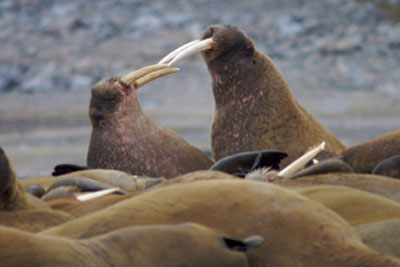





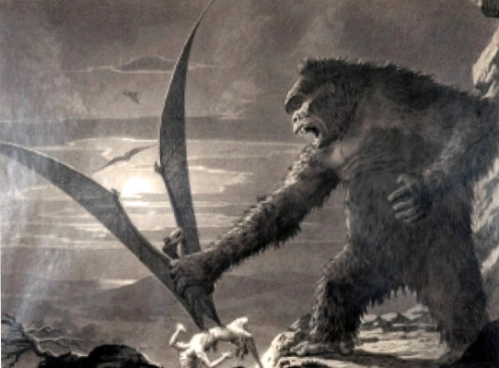
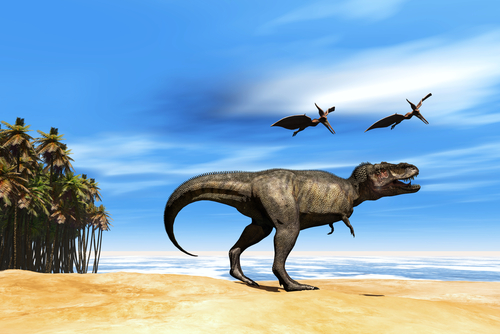



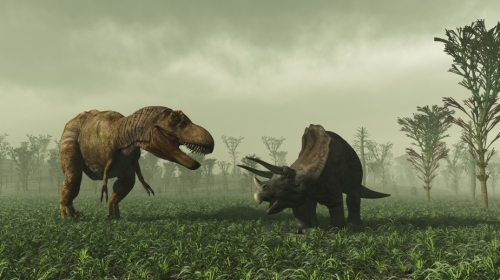
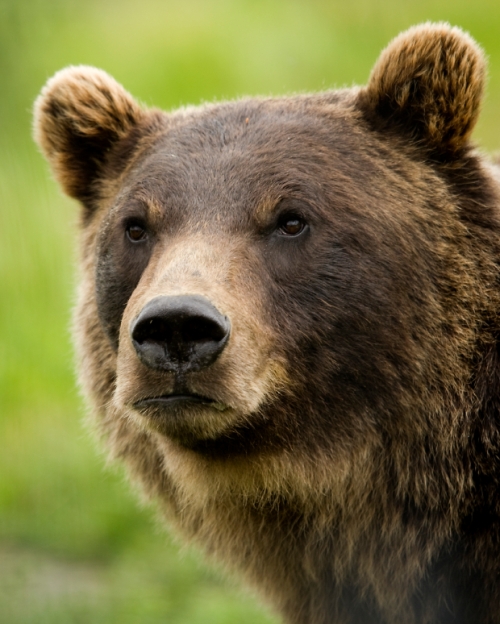

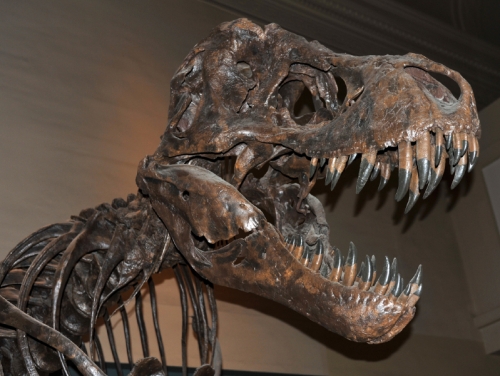

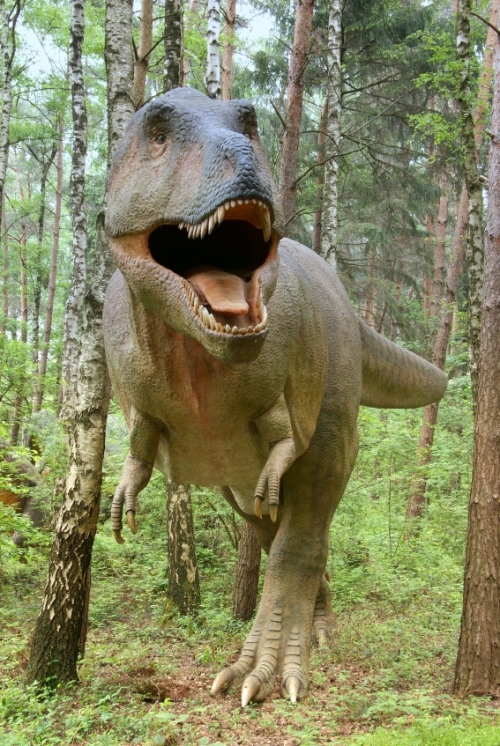
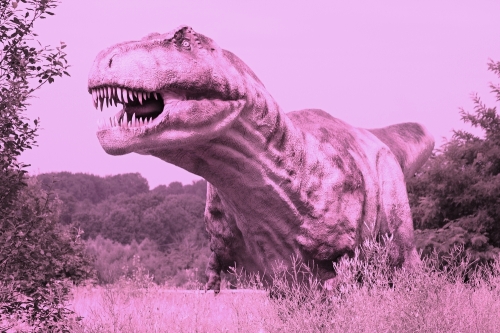
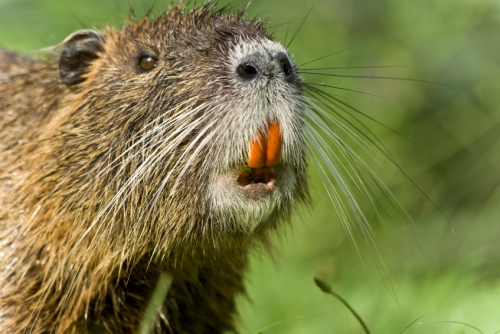




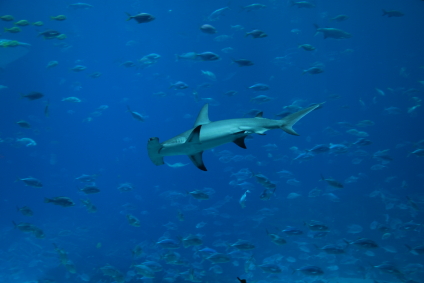

![Hammerhead5_corbis_via_Fotosearch_shk0011[1]](https://animalreview.files.wordpress.com/2010/05/hammerhead5_corbis_via_fotosearch_shk00111.jpg?w=500)

